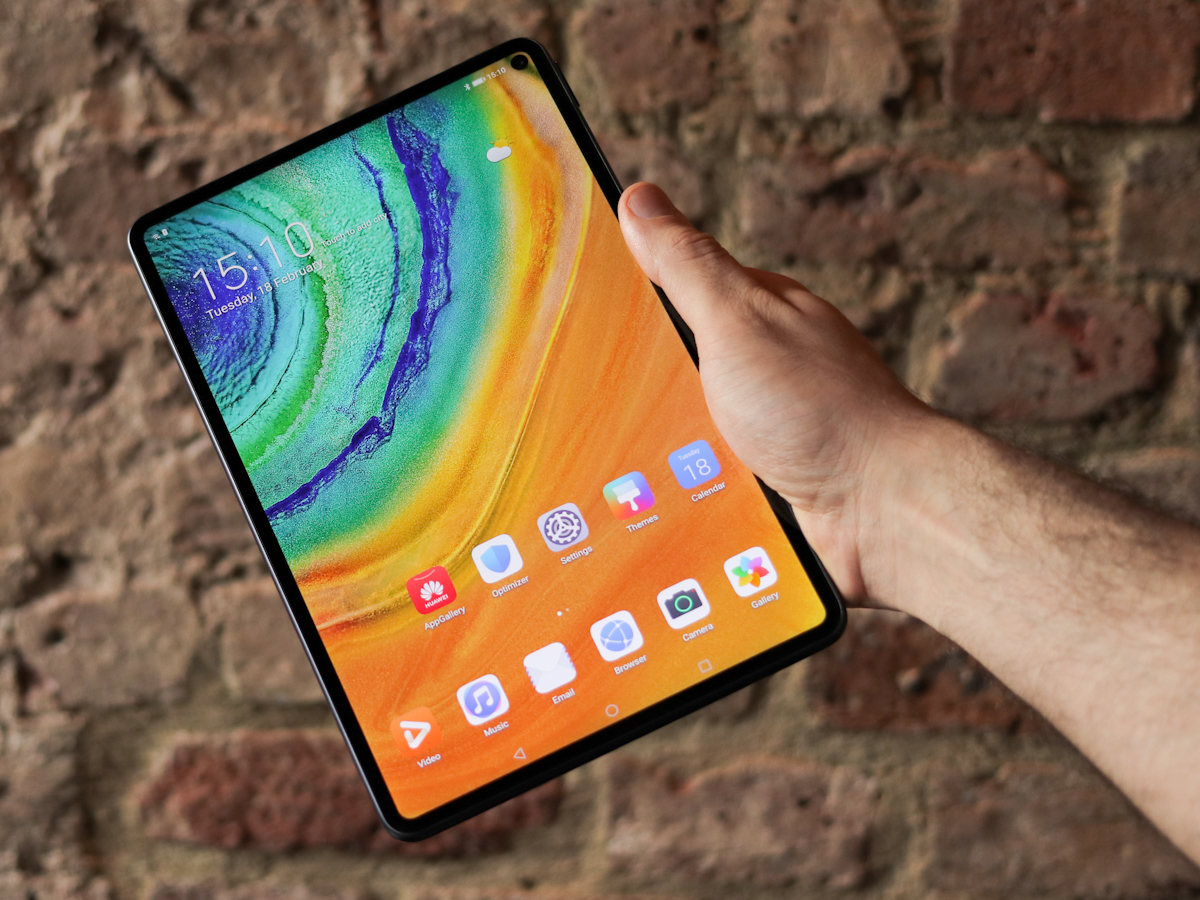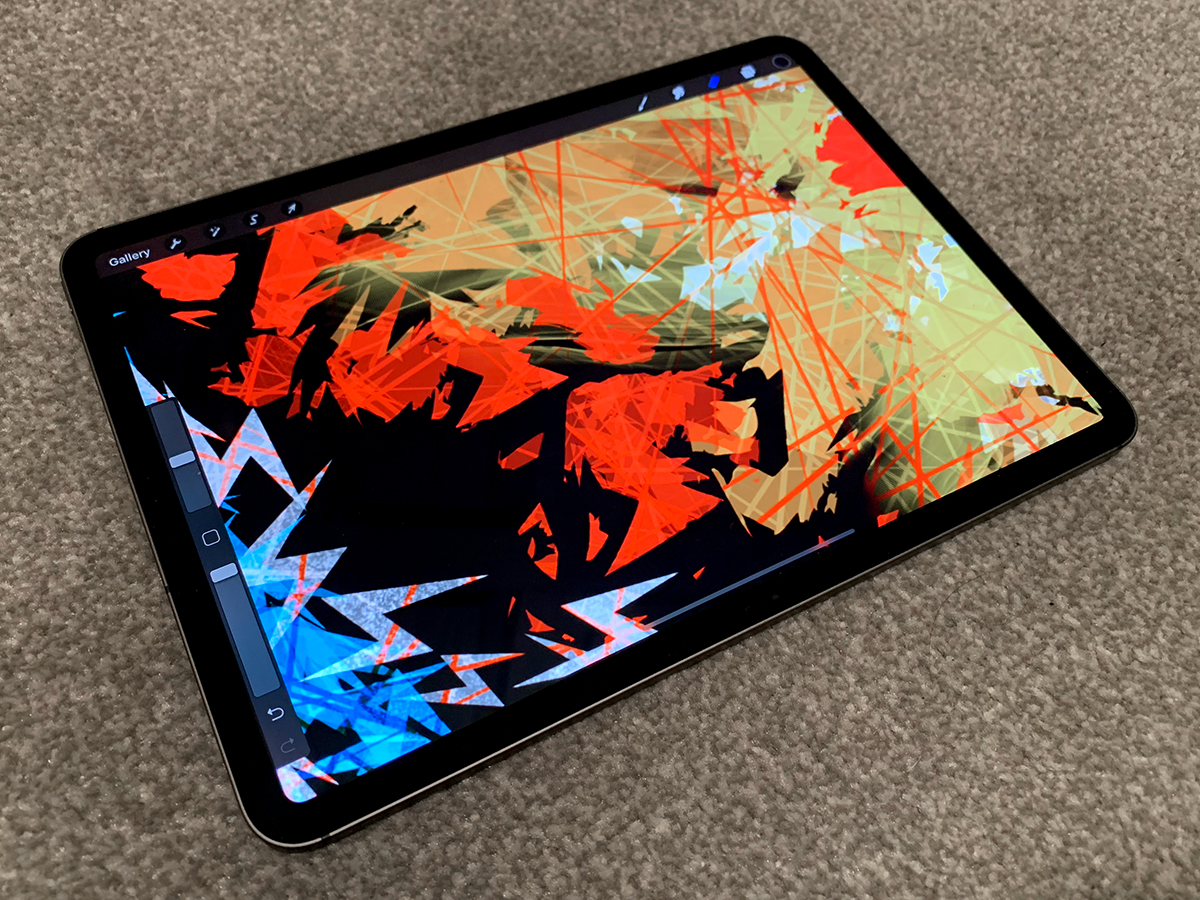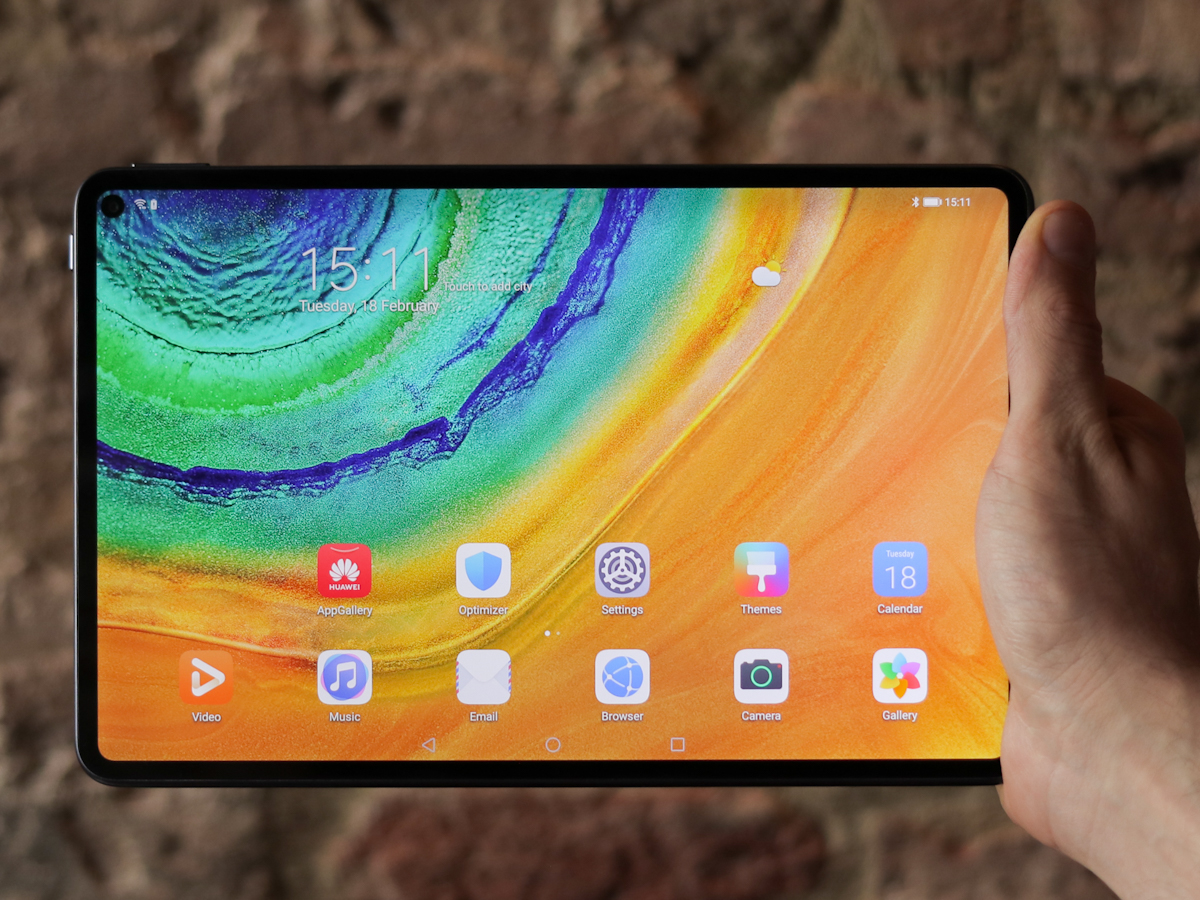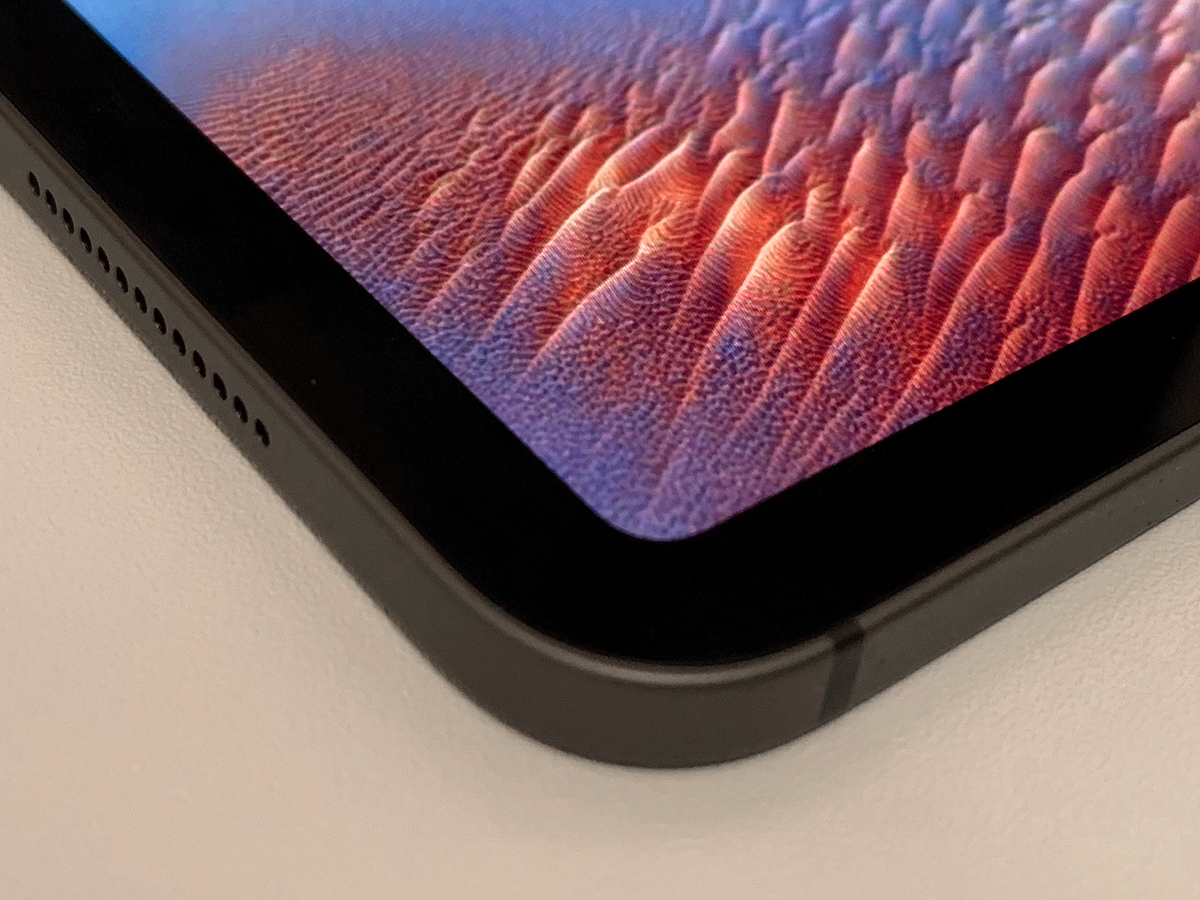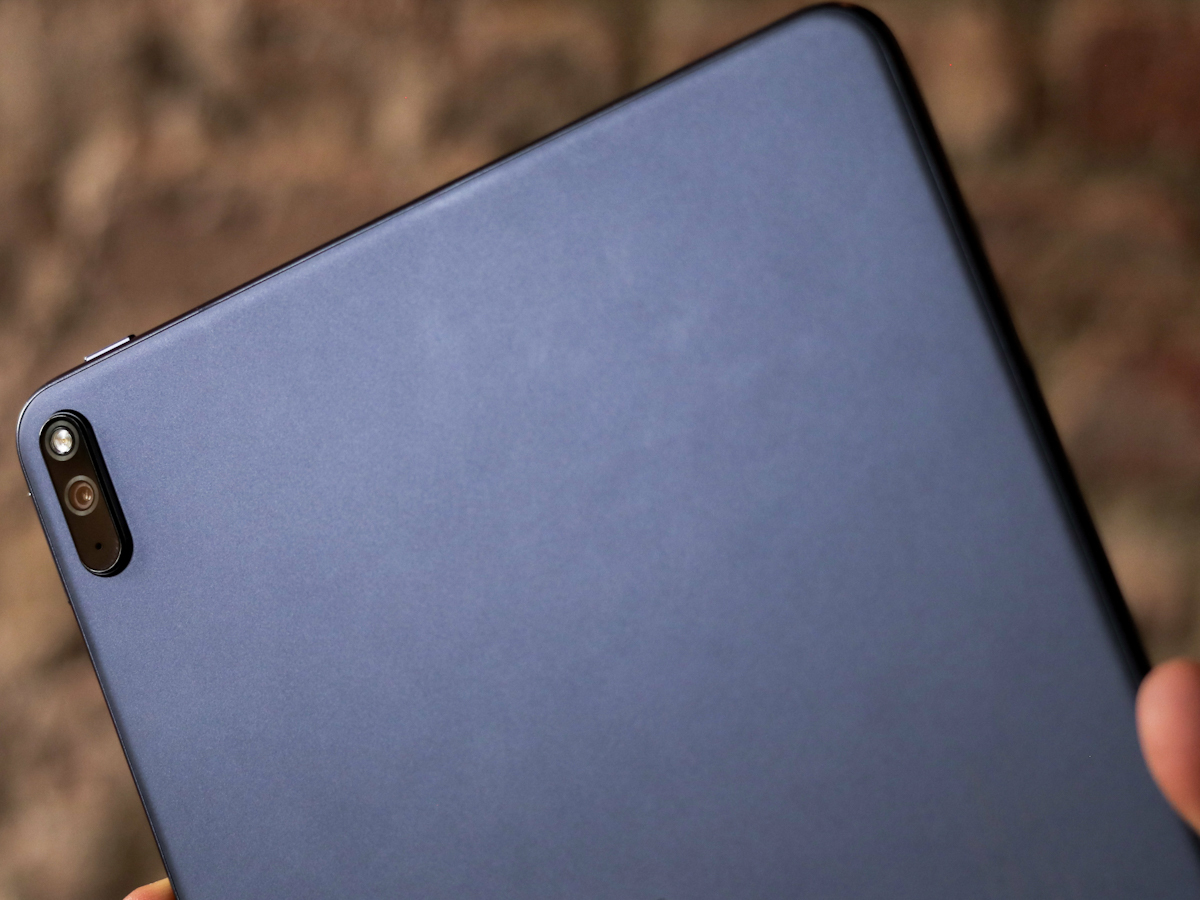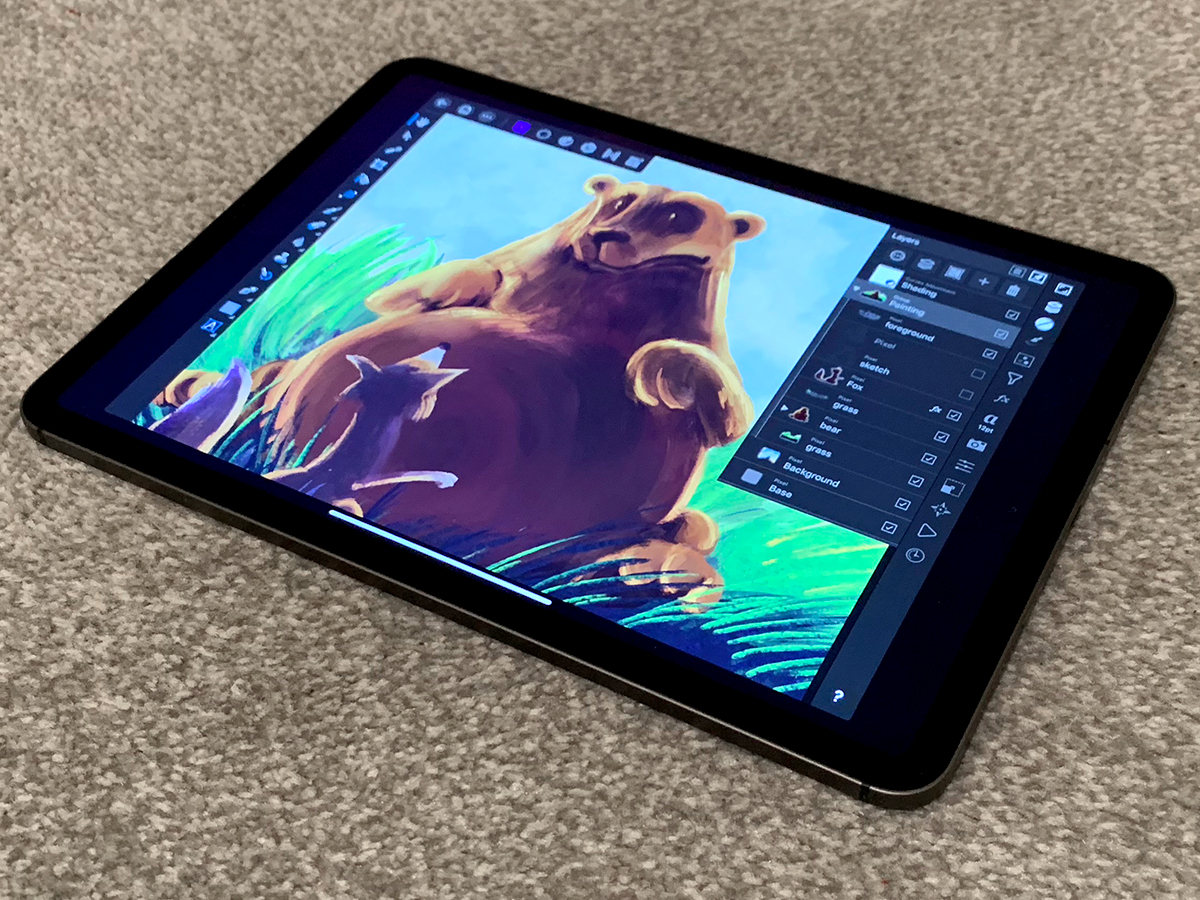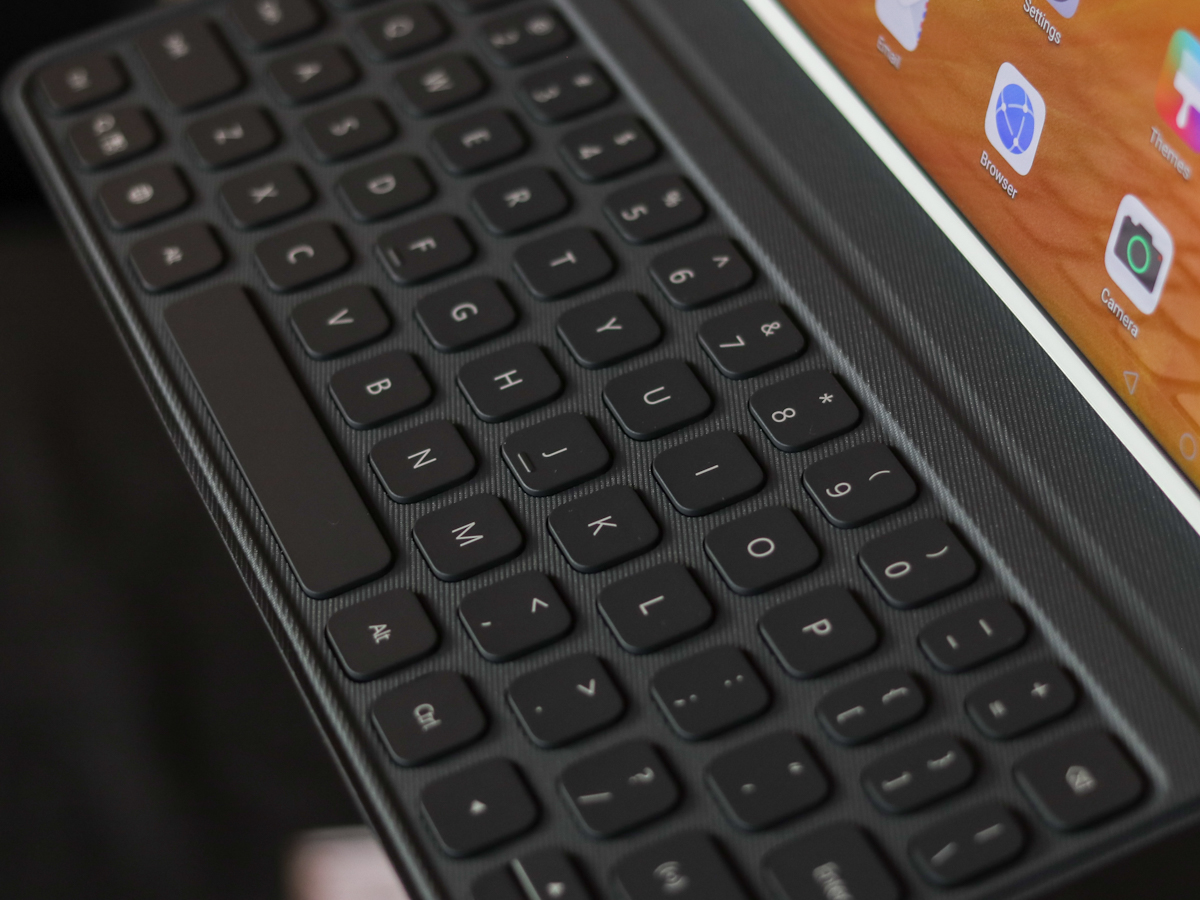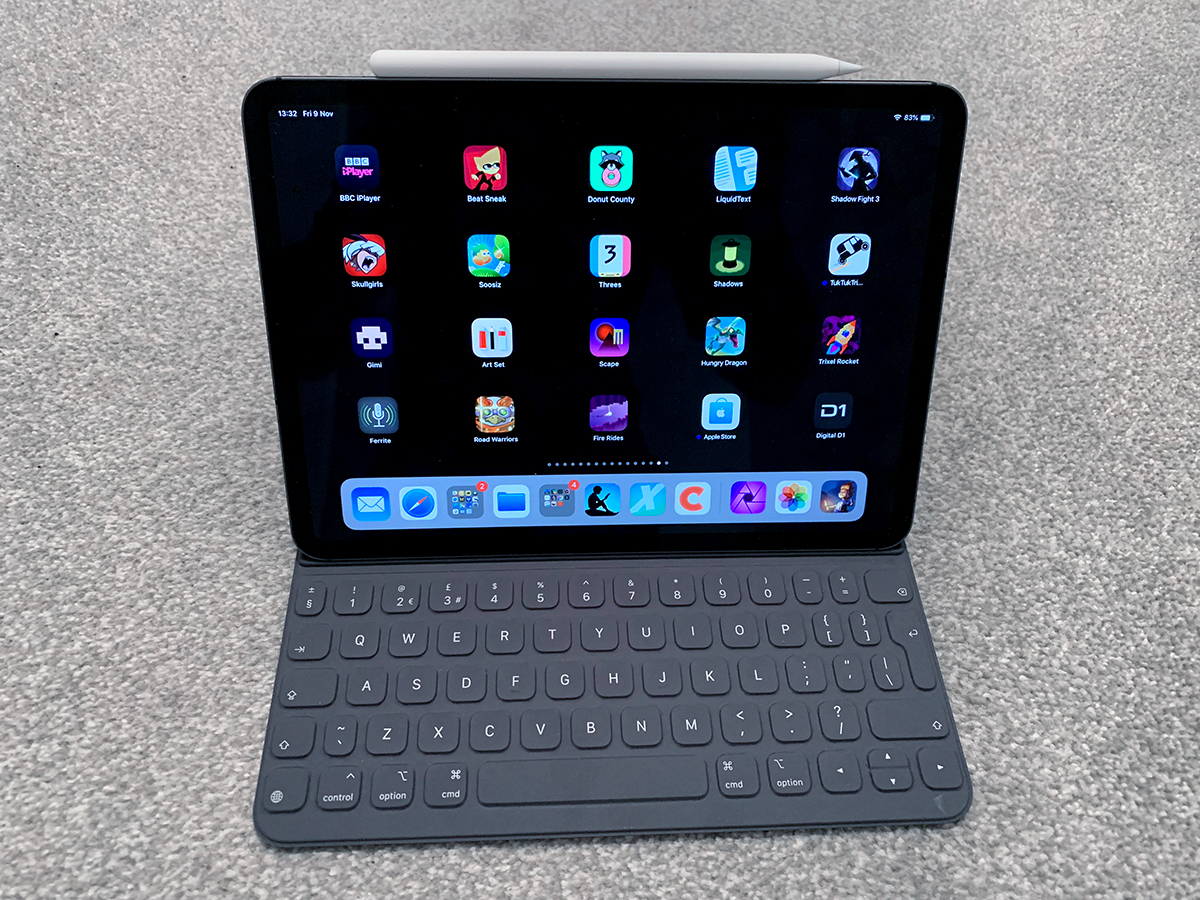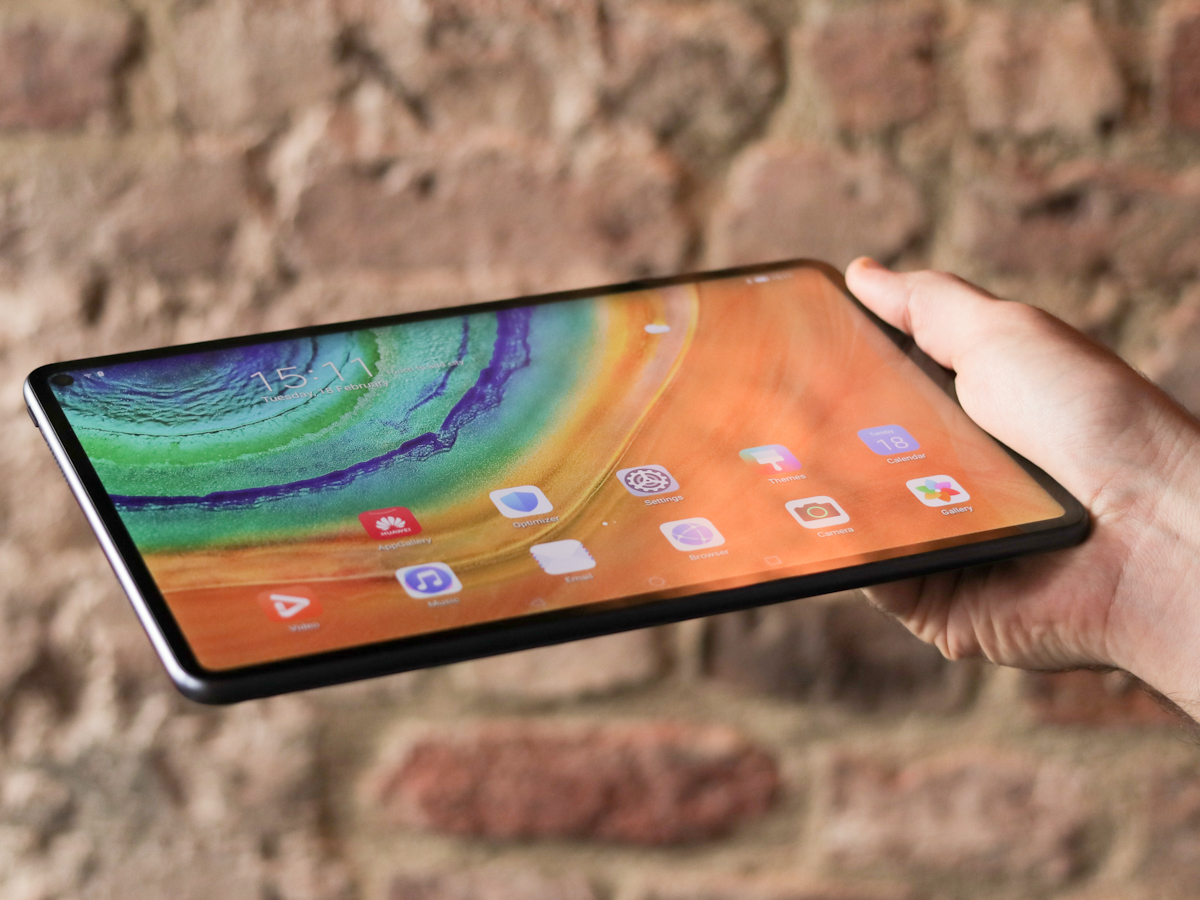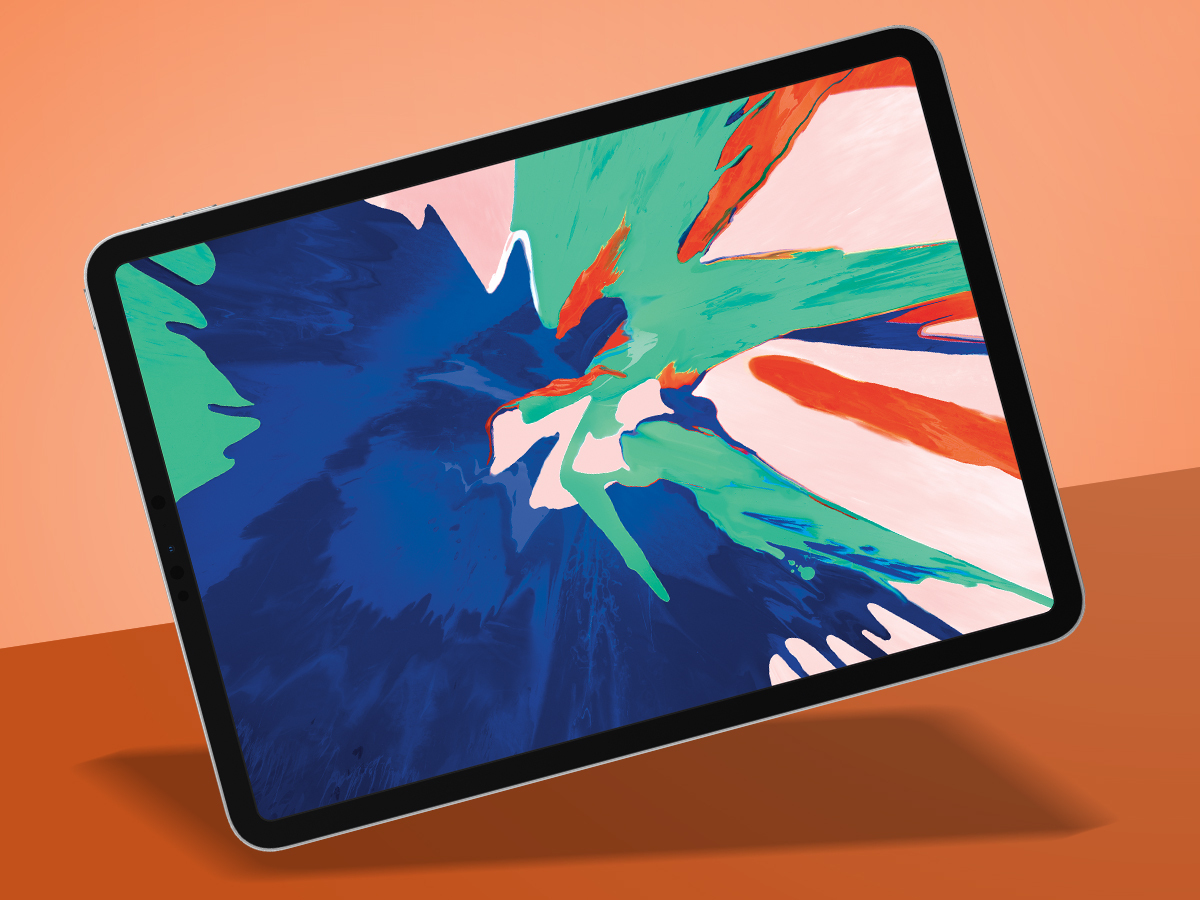Huawei MatePad Pro 5G vs Apple iPad Pro: The weigh-in
Can the latest (and greatest?) iPad knockoff top the real deal?
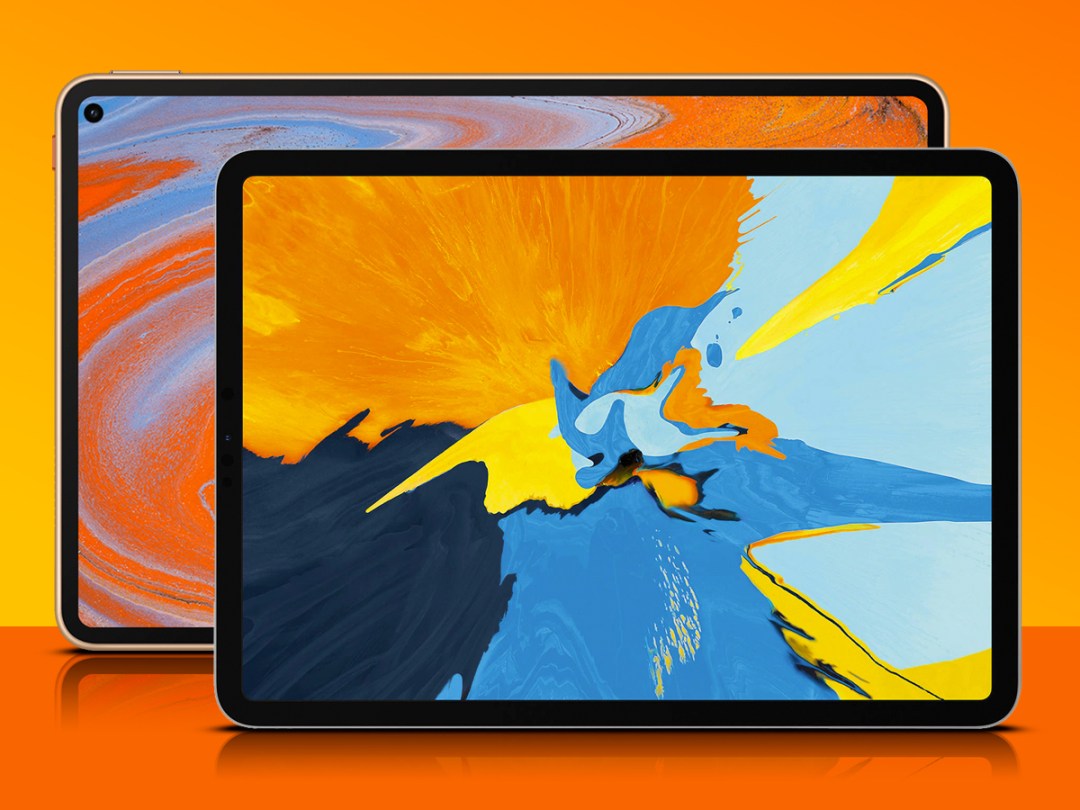
It’s safe to say that Huawei has a bit of an Apple fixation: its early smartphones looked like iPhones, its MateBook is a dead ringer for a MacBook, and its MatePad Pro is clearly based on the iPad Pro.
But Huawei isn’t content simply to mimic Cupertino’s design wizards. No, with the newly-unveiled MatePad Pro 5G, the Chinese tech giant is implementing some advanced features that iPads have never wielded, potentially giving Huawei an edge in the tablet battle.
On the other hand, try as they might, no company really has beaten the iPad as an overall device. Does the MatePad Pro 5G have a chance against the current iPad Pro 11 (2018)? Here’s what we think based on the initial specs and our brief hands-on.
Design: Two of a kind
The MatePad Pro 5G is very nearly the spitting image of the iPad Pro, albeit with some notable differences. The MatePad Pro has thinner bezels around the screen, but then opts for a punch-hole camera cutout in the upper right corner.
The iPad Pro, on the other hand, doesn’t have a notch or cutout, but the bezel is a bit thicker to accommodate the front-facing camera. On the back, they’re both pretty plain aluminium, although Huawei has punchier colour options with Orange and Forest Green. Huawei has opted for more rounded edges (still very Apple-esque) here, and Apple uses flatter sides.
Screen: Big and crisp
The screen specs aren’t far off from one another, with the iPad Pro opting for an 11in panel at 2388×1688 while the MatePad Pro 5G’s 10.8in screen is at 2560×1600. There’s a slight brightness difference here with these LCD screens, with Apple claiming a max brightness of 600 and Huawei saying 540 nits for its display.
Huawei’s 16:10 aspect ratio makes it look more like a super-sized smartphone, however, while the iPad Pro’s 1.43:1 screen is a bit boxier. That one might go down to preference, but in any case, you’ll get plenty of screen with both of these devices.
Also Read › Huawei MatePad Pro 5G hands-on review
Camera: Solid shooters
Hopefully you don’t carry around your tablet like a smartphone to snap photos at concerts and museums… but if you do want to take a snap, at least both of these tablets are well-equipped.
Apple’s iPad Pro gives you a single back camera at 12 megapixels, along with the 7MP TrueDepth front-facing camera used for Face ID, Animoji, and selfies. The MatePad Pro is similarly equipped but nudges up a single megapixels on both counts: 13MP on the back and 8MP on the front. That seems intentional.
Performance: Heavy lifters
These tablets are equipped much like flagship phones, with Huawei’s MatePad Pro 5G packing the same Kirin 990 processor seen in last autumn’s Mate 30 Pro.
On the other hand, the iPad Pro doesn’t have the newer A13 chip from the most recent iPhone 11, but it has an enhanced A12X chip that’s faster than the A12 that the iPhone XS carried the previous year. Benchmark-wise, we’d expect them to land similarly – and they’re both sure to be very swift and effective at handling all types of games, apps, and media.
The iPad Pro has access to Apple’s App Store, the greatest mobile app marketplace on the planet, while the MatePad Pro… well, it should’ve had the Play Store, but it doesn’t thanks to Huawei’s battle with the U.S. government. Instead, it has Huawei’s own marketplace, which isn’t nearly as well-stocked. Without Google services onboard, as well, the MatePad Pro could seem a bit gimped.
At least it’ll be speedy, regardless of what you end up playing or using. As the name suggests, the latest MatePad Pro has 5G network compatibility in the cellular model, while the Wi-Fi + Cellular iPad Pro sticks to 4G LTE.
Battery and perks: Loaded up
Both of these tablets have absolutely massive batteries packed within their slim frames, with the MatePad’s weighing in at 7,250mAh and the iPad’s at 7,812mAh. Apple suggests about 10 hours of mixed usage with the iPad, and the MatePad ought to be pretty similar.
The MatePad Pro 5G has a unique perk, however: not only does it have wireless charging but also reverse wireless charging, letting you top up a smartphone or a wirelessly-chargeable accessory on the back. Neat.
The base iPad Pro comes with 64GB of storage, which isn’t great, although you can pay extra for 256GB, 512GB, and 1TB configurations. The MatePad is offered in 256GB and 512GB editions, plus you can add up to 256G more to either using a Nano Memory card. The iPad wins on total possible capacity, but you’ll pay an incredible amount for it.
Both can also be outfitted with an official stylus that connects magnetically and charges when attached, as well as a keyboard attachment.
Also Read › Apple iPad Pro 11 (2018) review
Initial verdict: Pro or Pro?
These devices look pretty comparable across the board on the hardware front, whether it’s design, screen quality, processing power, battery life, or even cameras.
The MatePad comes up with a couple of big perks, however, with 5G capabilities and wireless and reverse wireless charging. But it is dramatically beaten on the software front, as the MatePad lacks Google services and Play Store access, whereas the iPad has all the benefits of Apple’s App Store.
Still, the MatePad Pro 5G can save you a chunk of change. The Wi-Fi versions start at just €549 (about £460), with the 4G LTE edition starting at €599 (about £503) and the 5G edition starting at €799 (about £670). Meanwhile, the iPad Pro lands higher across the board, with its Wi-Fi edition starting at £769 and the 4G LTE models starting at £919.
Compared to MatePad pricing, that’s nuts. But without Play Store access, the MatePad Pro 5G could be a tough recommendation – whereas we already know the iPad Pro is brilliant if you can afford the steep cost. We’ll have a finalised verdict for you soon once we review the new MatePad Pro.
